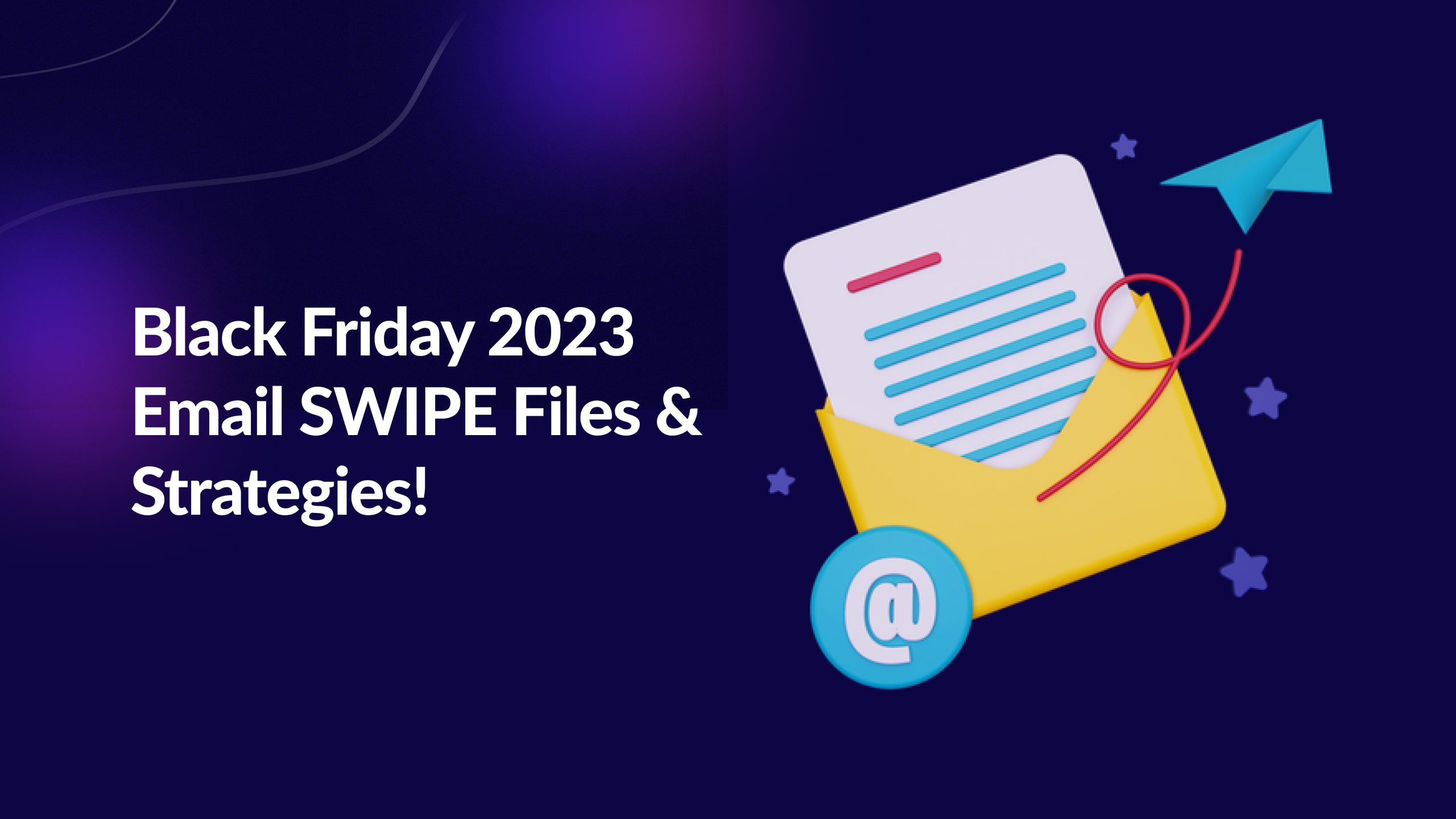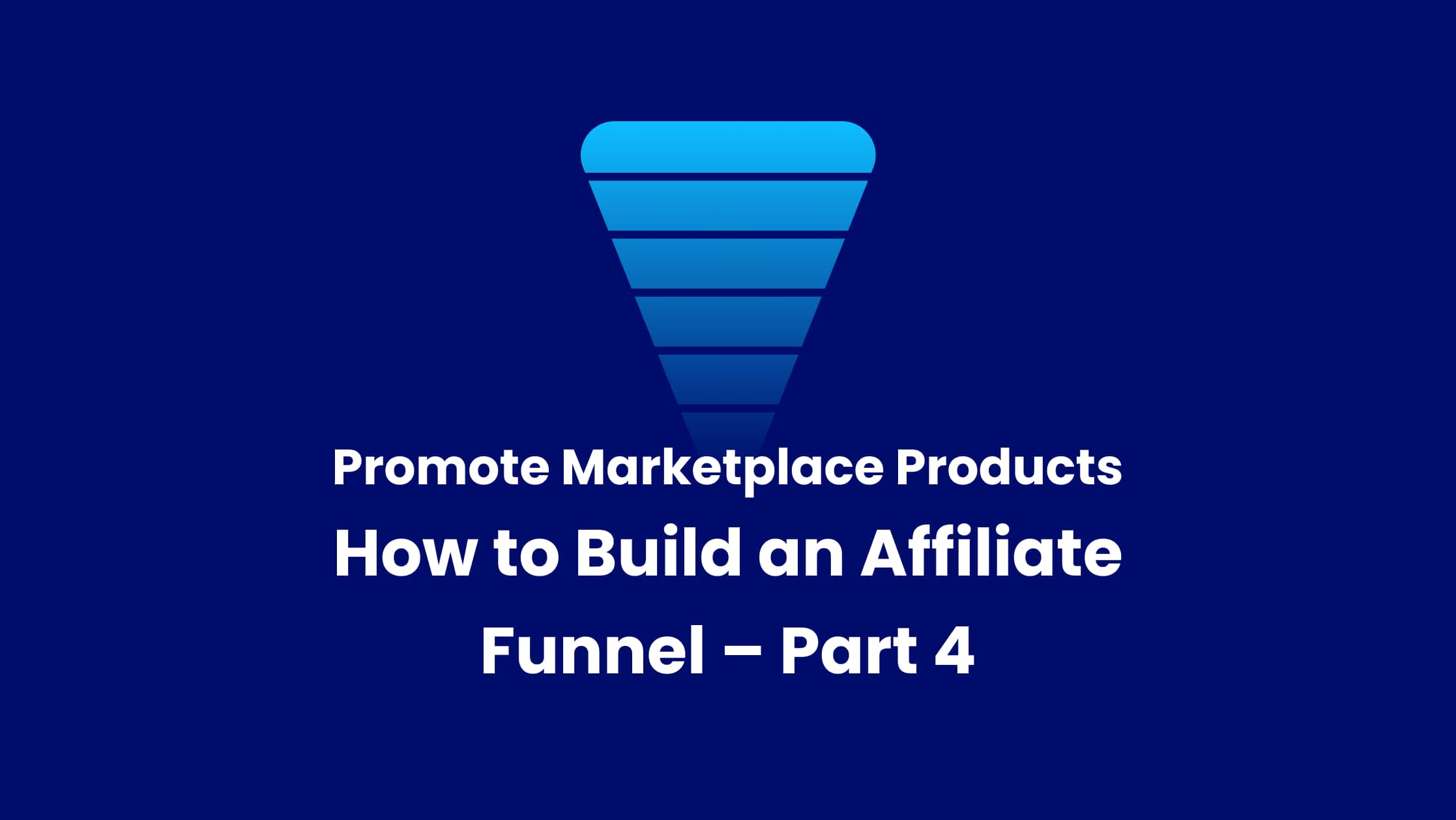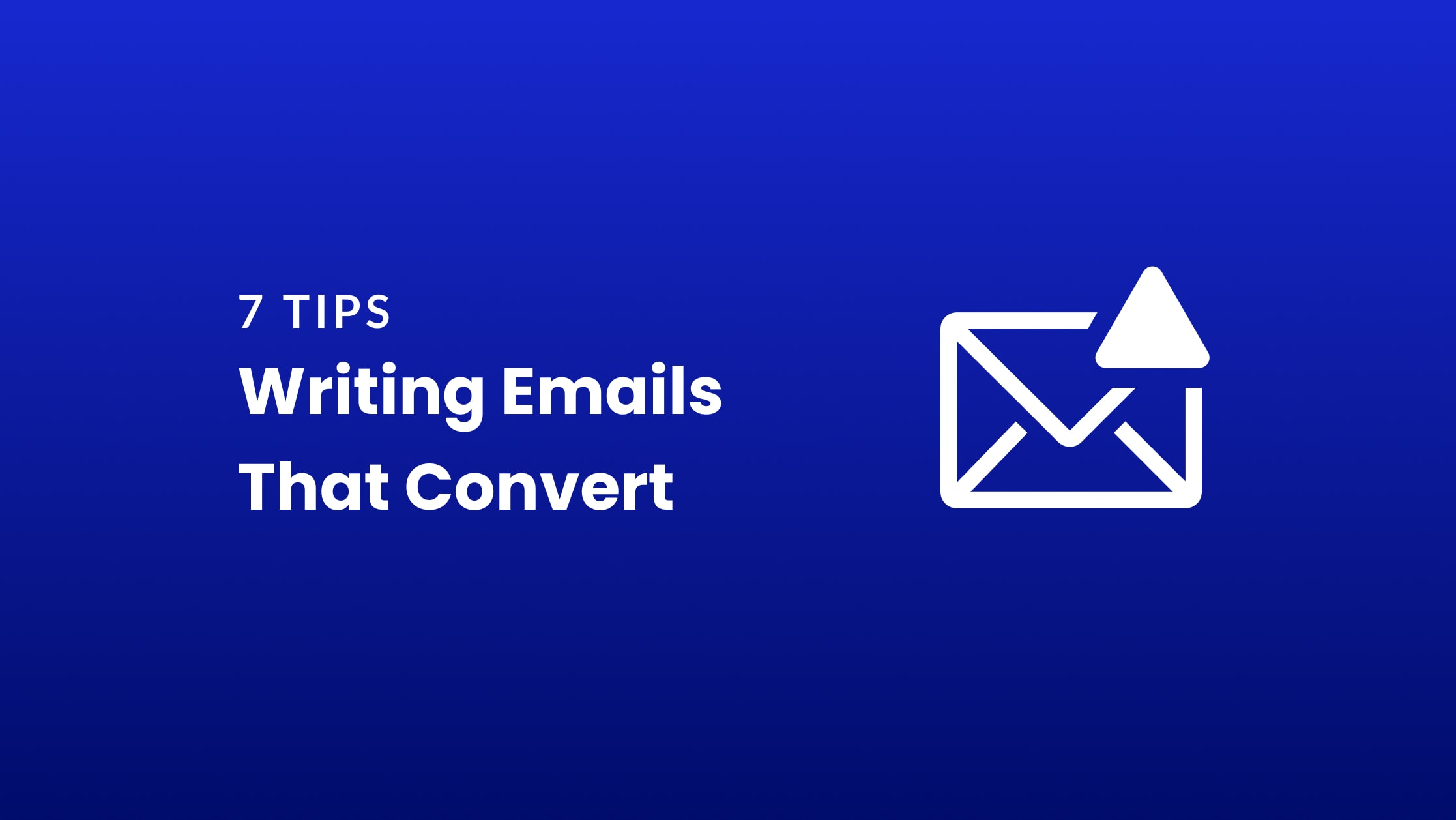Creating a customer avatar is one of the most important steps in understanding your target market and developing a marketing strategy that will resonate with them.
Having a very specific persona that you’re talking to is the difference between those that generate over $20,000 a month and those that generate $100 or less with our affiliate program.
Think about the following scenario, let’s say you’re a web design freelancer, and you come across two ads on Facebook. Which one are you more likely to click on?
The first ad says:
“Get my #1 strategy that helped me double my web design freelancer jobs while working half the time… With 100% customer satisfaction”.
And the 2nd ad said:
“Get my #1 strategy that helped me double my website’s traffic and opt-in rates while working half the time…”.
If you said the 1st ad, you’d be right, and the reason is it its so much more relevant to you as a web design freelancer.
When trying to market to people, it’s important to know who they are. You need to have an idea of what they want and need, what their pain points are, and what will make them happy. This is where customer avatars come in.
And as an Elegant Themes affiliate, you can always have more than 1 customer avatar to target with your ads, email campaigns, and landing pages.
In this post, I’ll share everything you need to prepare your customer avatars for your affiliate campaigns. We’ll get so specific that your marketing messages will seem to write themselves!
Excited? Me too!
Step 1 – Build a List of Product Use Cases
The first step when thinking about your potential customer avatars is to make a list of possible use cases for the product that you’re promoting. For example, let’s say you’re promoting Divi. Then the use cases might be:
- Creating a website without writing a single line of code.
- Creating marketing funnels without buying expensive software.
- Building a world-class web design business with an affordable start budget.
- Creating an eCommerce website.
These are just examples to help you get started and to use while we walk through the rest of this guide and during the research phase.
Once you have your list of potential use cases, it’s time to research and create specific avatars.
Step 2 – Researching and Creating Your Avatar Segments
Let’s take the “No-Code” example use case above. We’ll break down our avatar creation into a few easy steps to help us during the research phase. The first thing we’ll do is define the general audience we’ll be talking to.
1. Define a General Audience You’ll Be Talking To
Before we start the research phase, let’s first question a very general question to help us have a clear understanding of what to research.
“Who would need to design a website without writing code?”
And the answer would be that these are usually non-technical people who might be one of the following:
- People looking to launch a physical business idea
- People looking to launch an online business
- Small business owners with no budget to hire a web design agency or freelancer
The above list is very short to help you get started. With a bit more research and thinking, you’ll be able to come up with many ideas.
Now that we have the “Who” covered let’s try to dig a little deeper.
For the sake of this guide, I’ll move forward with the “people looking to launch an online business idea” example.
2. Break Your Audience Into Segments
Let’s try to make the “launch an online business idea” audience a little more specific by breaking it down into multiple segments, so we can truly build a complete marketing automation sequence.
Doing a quick Google search on “What online businesses to start” and “What are the best online businesses to start” would give us lots of ideas.
Once we have a list of all the possible ideas online, let’s filter them based on the criteria we have so far, which are things that a person with no coding experience or skills might want to start. So you might come up with a list that looks like the following:
- Dropshipping store
- Launching a Blog
- Freelance writer
- Freelance designer
- Becoming a virtual assistant
- Launching a podcast
- Affiliate marketing
These are still broad, but it’s a good enough list of segments to start with. The next step would be to create an avatar for each of those segments.
3. Create a Customer Avatar for Each of Your Potential Customer Segments
Your customer avatar can be broad or specific, but remember the more specific your avatar is, the more powerful your marketing messages will be.
To create an effective persona, there are a few elements we need to have in place to make the maximum impact with our marketing efforts.
First, let’s define the general demographics of our audience. We’ll need to know their age, where they live, education level, family status, and anything that might represent a unique group of people.
The keyword here is “group.” We’ll want to target one specific person with our messaging, but we also want that messaging to appeal to a group large enough we could build a funnel around.
Generally speaking, our general customer demographics are as follows:
- They are usually between 18 and 54 years old
- 38.2% Males
- 61.8% Females
Second, let’s try to get into their mind and research the people we want to target and answer the following questions:
- What are their fears?
- What are their hobbies?
- What is their main goal or dream?
- What are their values in life?
- What’s the biggest barrier or obstacle stopping them from achieving their dream?
One of my favorite strategies to answer these questions is to use 3 sites for research.
1st, I’d search Quora for questions about the topic I’m building an audience around. Quora is great because people tend to ask exactly what’s on their minds. I’ll make a list of questions that I collected from Quora.
Next, I’d head to YouTube and search for the same topics or answers to these questions. I’d generally be looking for videos with high views. Once I find a few, I’d scroll through the comments and find out what people say. Here’s what to look for when reading YouTube comments:
- Frustrations
- Personal stories related to the topic
- Questions
Next, look at our Trustpilot reviews. With over 21,000 reviews, you’re bound to find more details on your target audience.
Step 3 – Compile the Data You Collected To Build Your Customer Avatars
Based on the questions above, you’ll find yourself with lots of data. Let’s organize them by picking a single persona we’ll talk to at a time.
For example, my first avatar would be:
Name and Age: Amie, 24 years old.
Gender: Female
Hobbies/interests:
- Her skincare routine is an important part of her day.
- Loves fashion.
- And loves listening to music.
Values:
- She’s big on family and friends.
- She’s all in on female empowerment and having a go-getter mindset.
Main goal or dream:
Lead a work-from-anywhere lifestyle where she’s free to do whatever she wants while empowering the women of the world and inspiring them to achieve their dreams.
What are her fears?
- Leading a boring, uninteresting life.
- Having to settle for a job she might hate.
- Failing herself and her dream by ending up as a non-successful and non-inspiring person.
What are her biggest barriers or obstacles preventing her from achieving her dream?
- She doesn’t know where to start.
- Her mind is all over the place, and she can’t decide what she wants to do.
Even though the customer avatar above is very simple and took about 10 minutes to come up with, this enhances your ability to write marketing messages that resonate with such an audience, or more specifically, Amie.
Let’s say you’re writing an email to promote Divi. If you base your email on the points above, instead of it being generic and “salesy,” it can be something that resembles this:
Hi Amie,
Do you want to start a blog to build a strong personal brand online and make an impact in the world, but you don’t know where to start?
It can be really hard to get started with website design, because there are so many things to learn, and it can feel overwhelming.
Divi is the theme I recommend to my closest friends and family members who wants to launch their personal brands quickly and easily. With Divi, you’ll have everything you need to get your website up and running in no time. Plus, their 24/7, lifetime support means you can always count on them for help when you need it with anything related to issues on your website.
Doesn’t that sound more enticing than a generic email targeting everyone?
Having a customer avatar isn’t specific to Divi because, as an affiliate, you should be focused more on growing your audience and building a relationship with them. Having a clear understanding of who you’re talking to will help you build a much stronger connection with them, resulting in more sales down the road.





